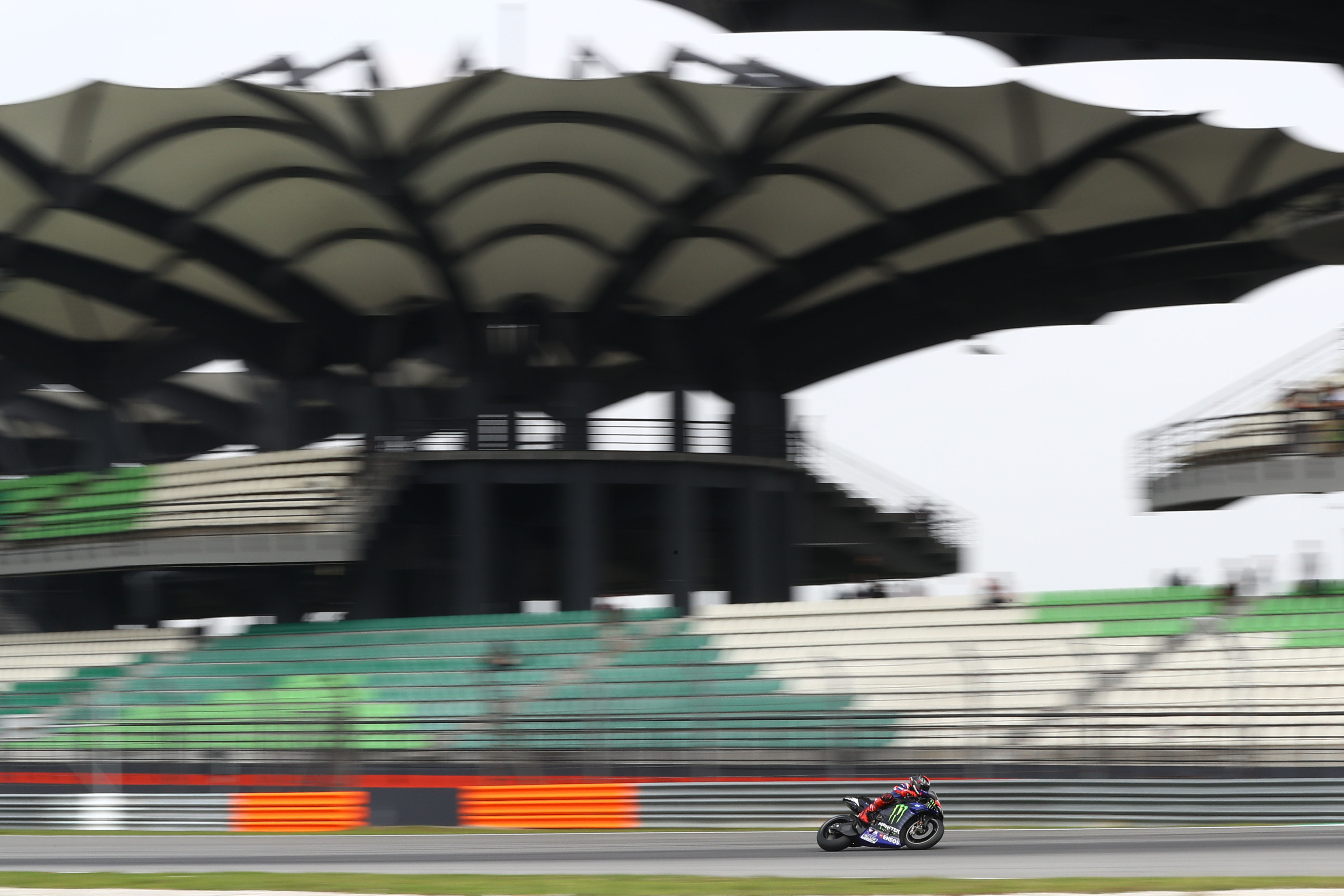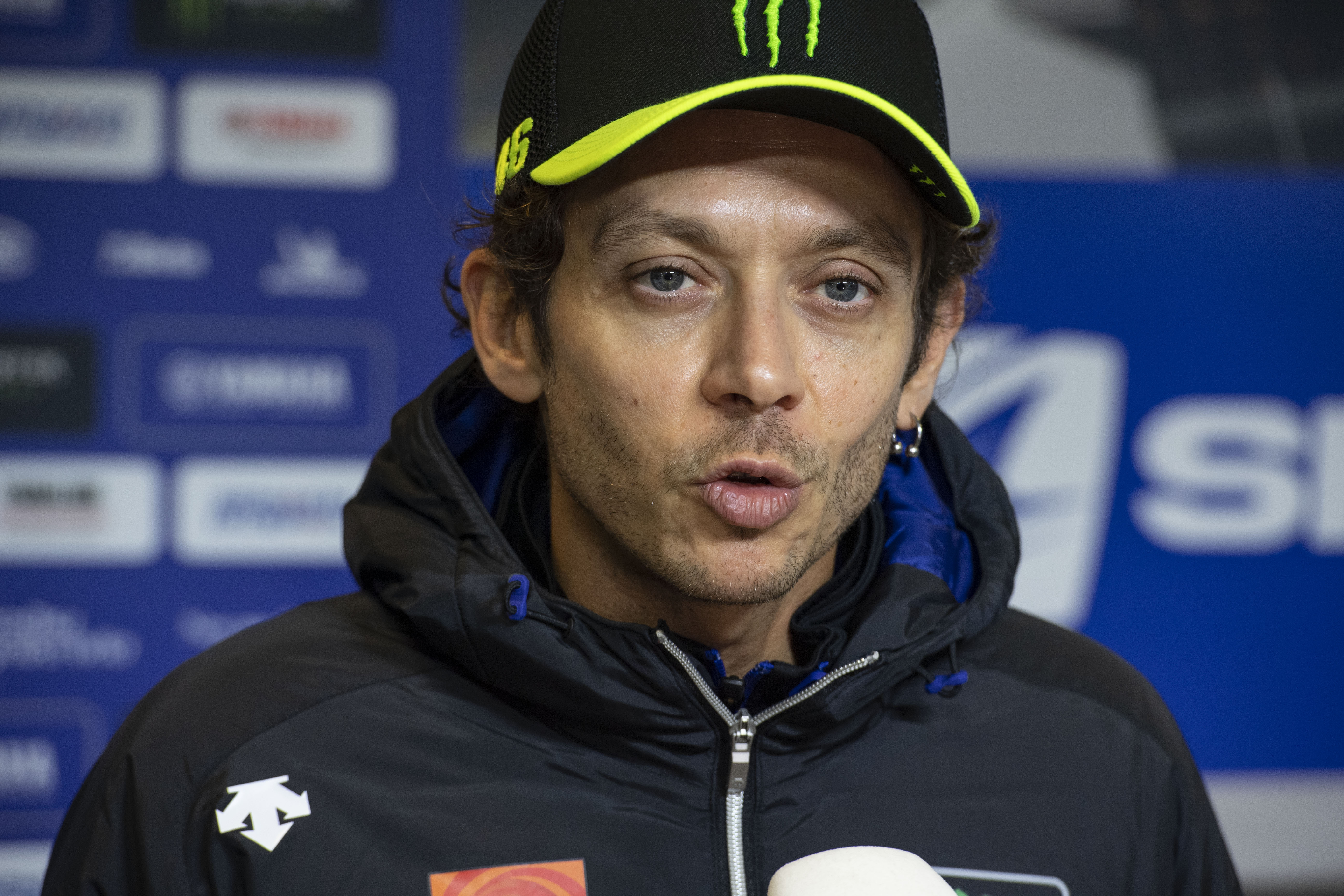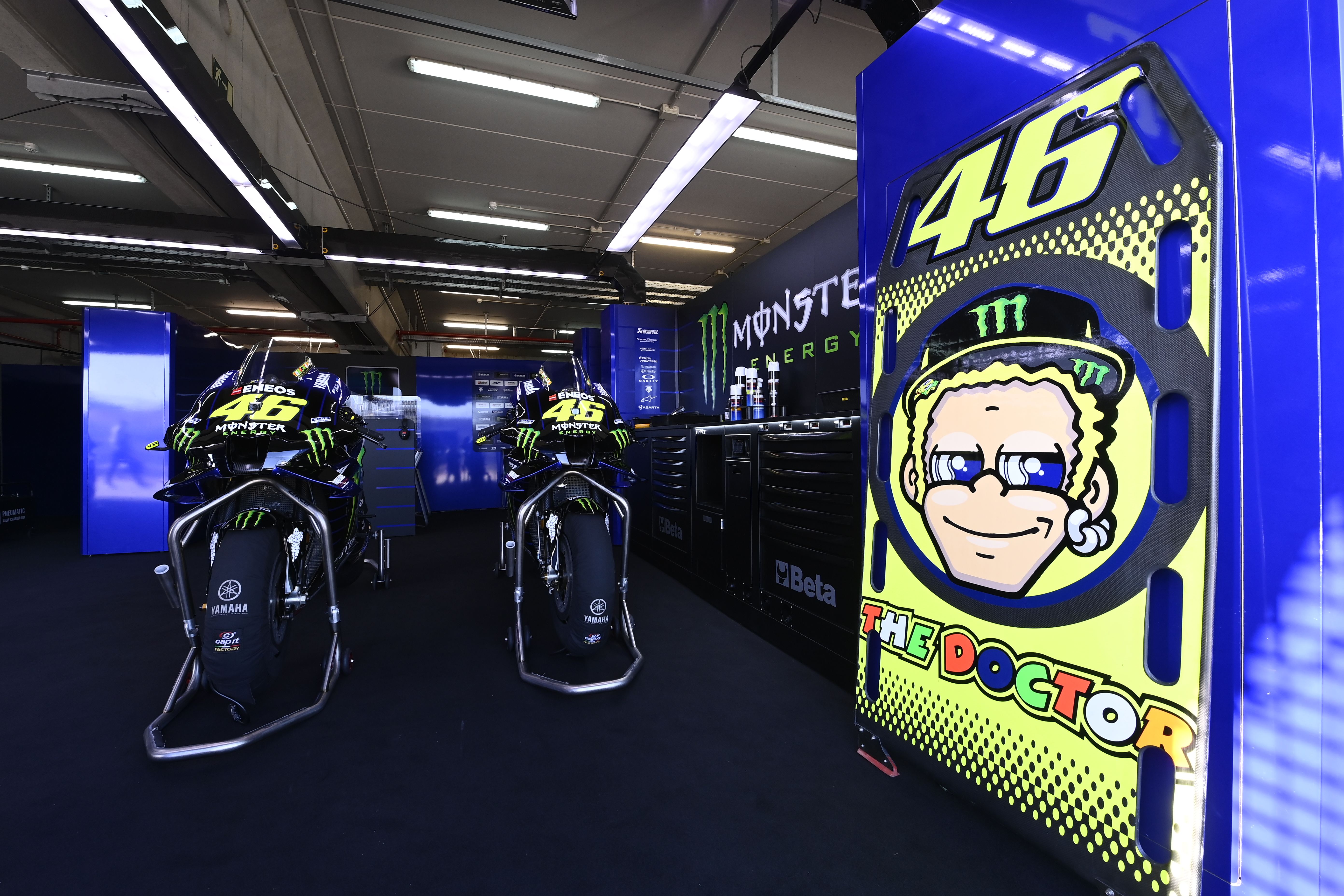Many fans were puzzled when Monster Energy Yamaha announced that test rider Jorge Lorenzo would not replace former team-mate Valentino Rossi at this weekend’s Teruel Grand Prix, instead leaving the second Yamaha M1 unoccupied as Rossi continues to recover from COVID-19.
The decision seems to have been largely based on the five-time world champion’s form at the Portimao test earlier this month.
That was Lorenzo’s first time to ride a MotoGP bike since February – and it showed in his pace, with Maverick Viñales lapping faster on a largely-stock R1 than Lorenzo was able to on his 2019 M1.
That’s in large part a problem of Yamaha’s own making, as the manufacturer has kept Lorenzo on ice throughout 2020 while his fellow test riders have been regulars on track since as soon as coronavirus restrictions allowed.

Given the nature of this pandemic-struck season and the fact that it’s increasingly easy for riders to miss racers thanks to the virus – as is the case with Rossi – there’s an argument to be made for keeping your test rider as race fit as possible.
The decision to not replace Rossi comes as the manufacturers’ championship standings remain far from a done thing, too. Yamaha currently enjoys a healthy 23-point lead over Ducati, but that’s not enough to be secure.
And while Lorenzo looks unlikely to have been challenging for podiums had he appeared this weekend at Aragon, surely the prospect of even scraping a couple of points would have been enough to make them consider him for longer than just a few hours.
But, the real reason for that decision might be less to do with Lorenzo’s form and more to do with Yamaha’s own internal problems in 2020.
Having struggled since the opening round with a series of engine problems that have meant both Franco Morbidelli and Rossi have prematurely retired from races, it’s indisputable that there are issues there.

And, with a faulty batch of valves the cause of it and nothing to be done but managing their finite engine allocation until the end of the season, it could be that the engineers rather than the managers made the call to not replace Rossi with Lorenzo – thereby saving his four remaining powerplants from the stress of an additional two races.
However, that begs the question of why Yamaha also haven’t jumped at the golden opportunity presented to them to make sure that their issues are sorted ahead of next year’s development freeze and the second outing of the 2020 engine spec.
According to the MotoGP rule book, a replacement rider shares Rossi’s engine allocation as if he were still riding the bike. The rules also say that the penalty for using an additional engine beyond the initial six is a pit lane start.
So why didn’t Yamaha field a test rider – any test rider – for this weekend, prepare them a brand new 2020 engine with valves from a different manufacturer or batch, and then send them out in the race to start from pit lane and complete only a handful of laps before retiring?
That call would have given Rossi an extra engine for the remainder of the season, allowed the engineers to make sure that they had fixed the problems, and cost Yamaha very little in the grand scheme of things.

Instead, we’ll have another weekend of an empty side of the Yamaha garage, as Rossi continues to recover.
The good news is that it already sounds like the Doctor is on the mend, and with a week off between this weekend’s race and the next two rounds at Valencia, it’s likely that he’ll be back in action ASAP.



